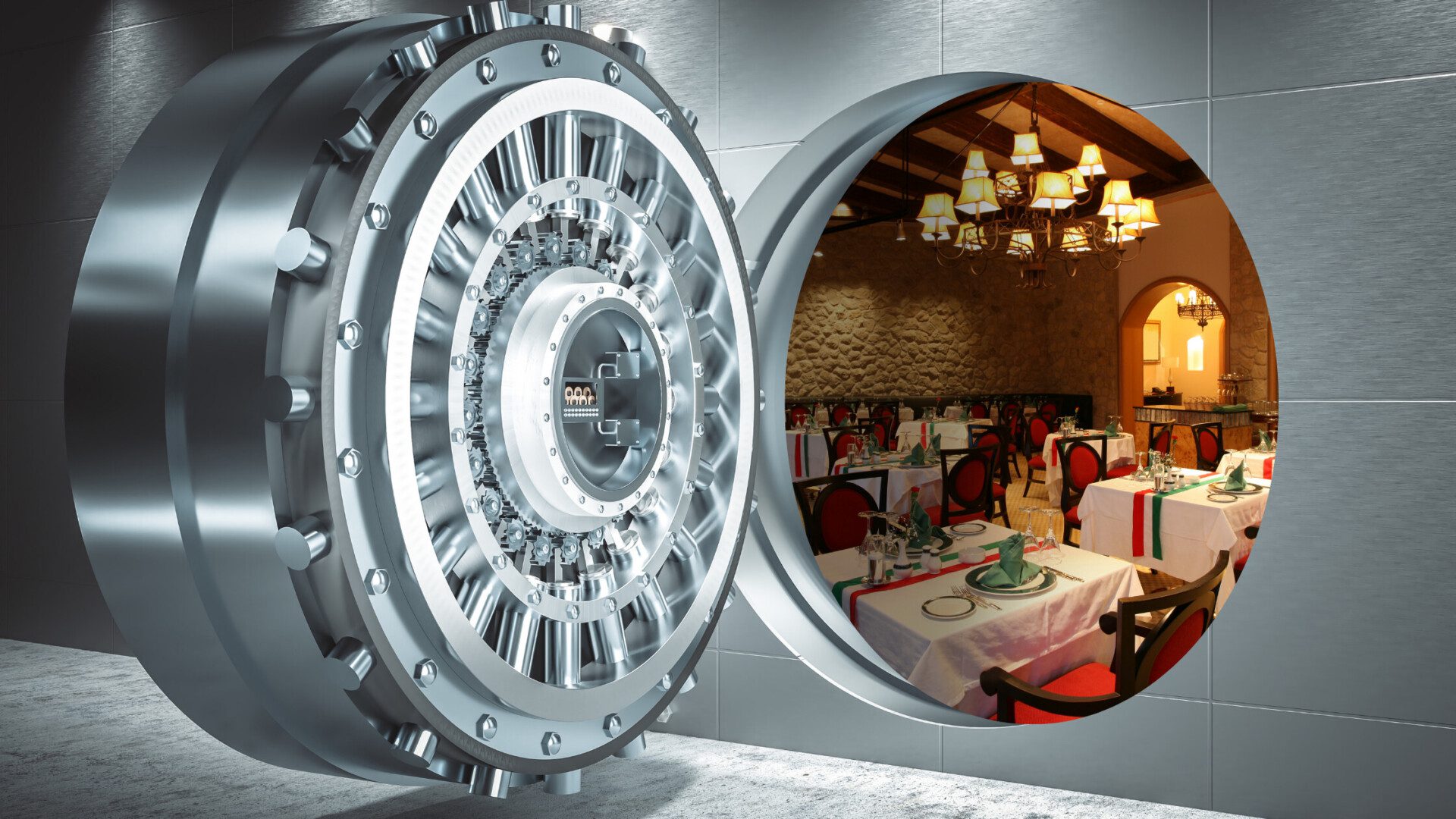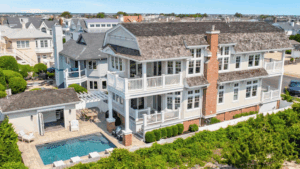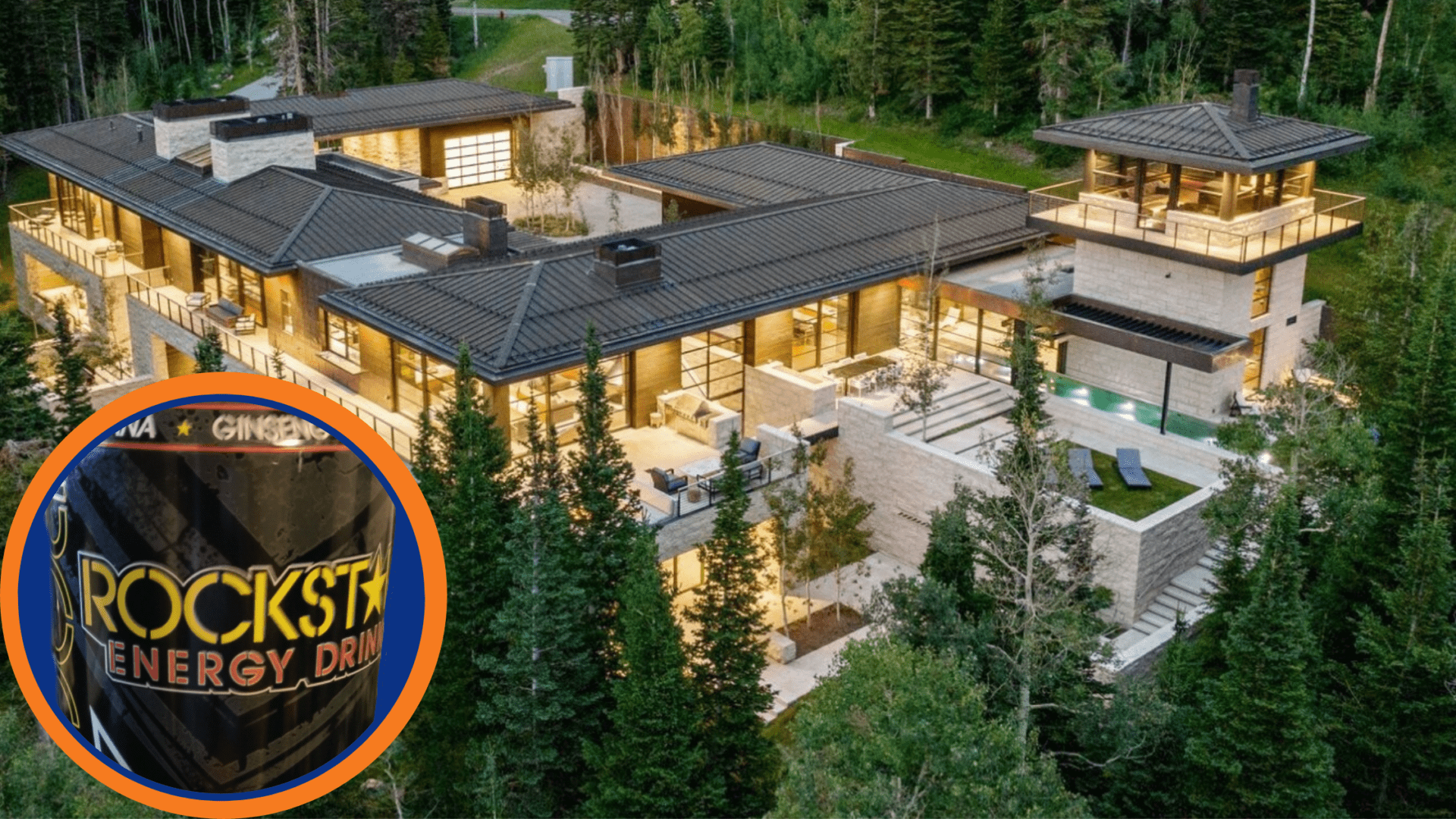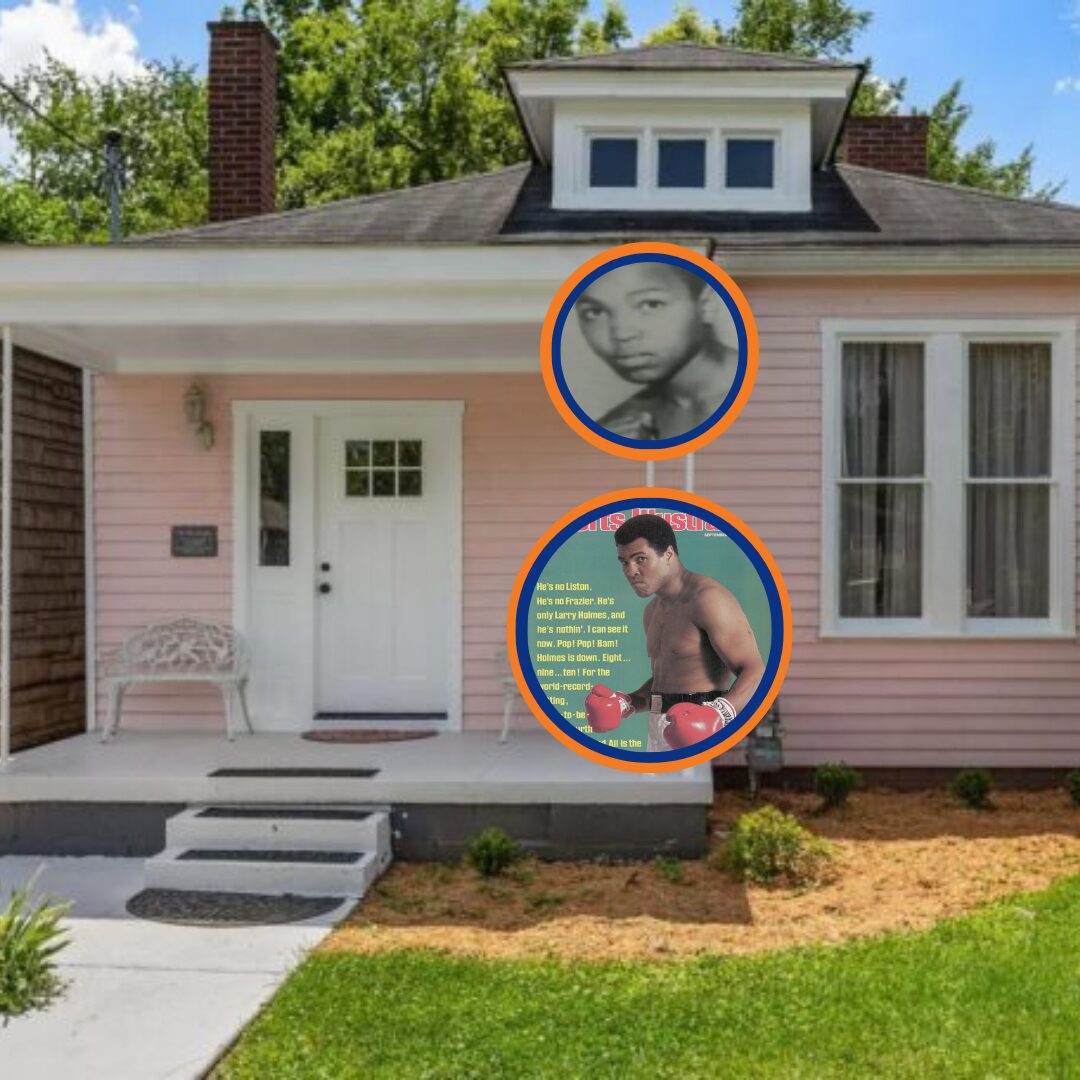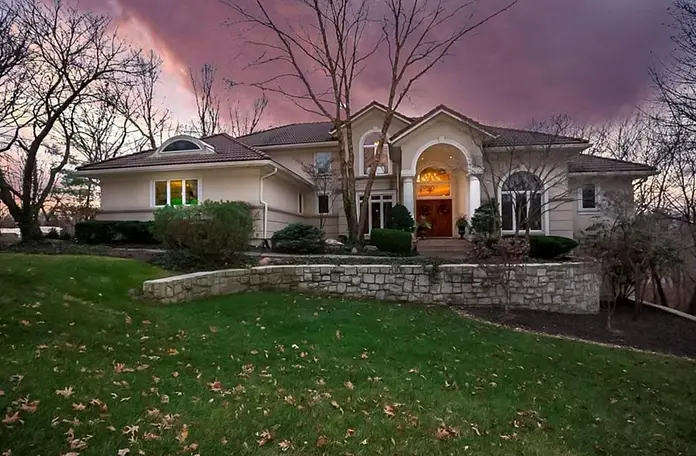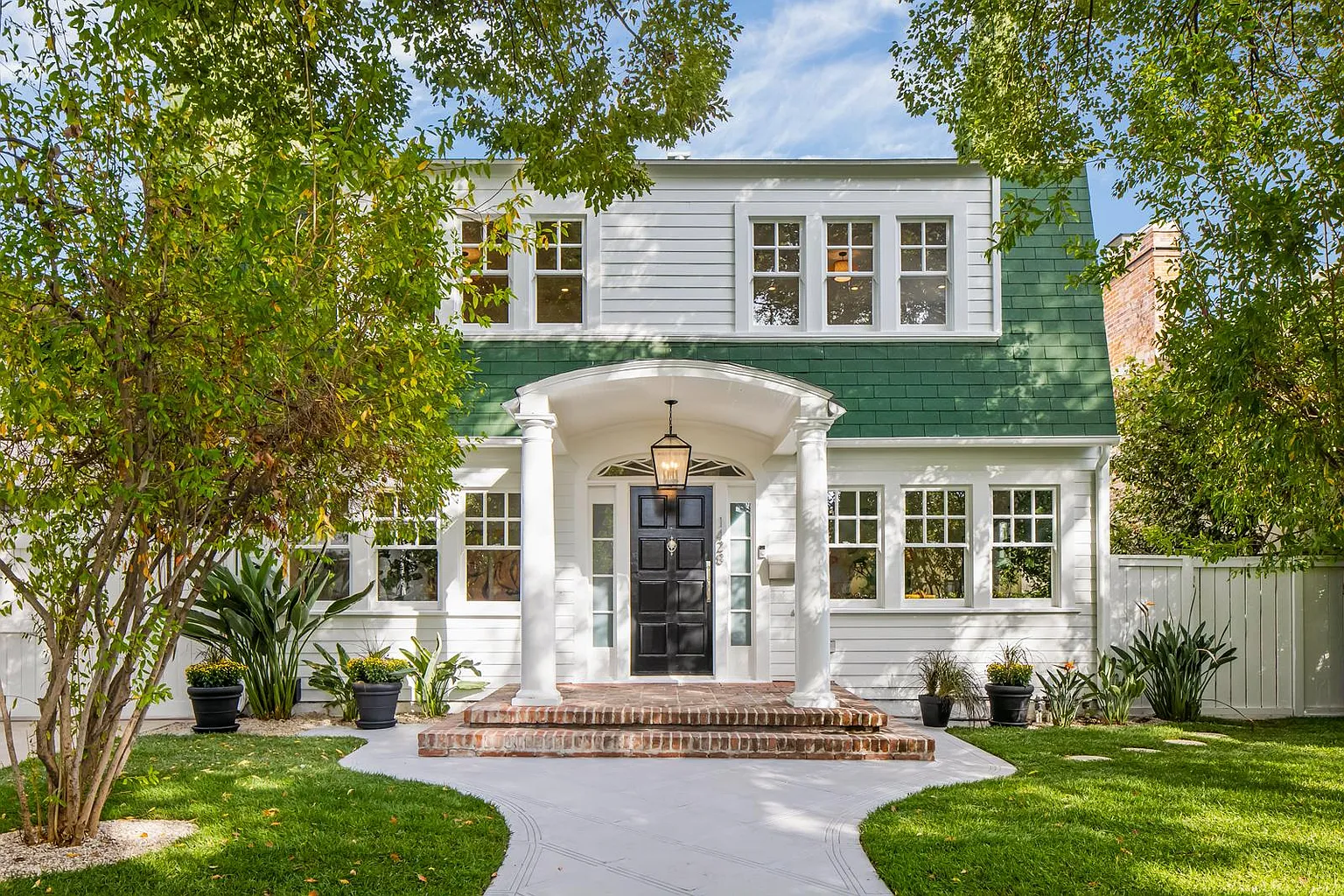As traditional banking continues to shift toward digital platforms and branch consolidations, a growing number of historic U.S. bank buildings across the country are being repurposed as high-end restaurants. These adaptive reuse projects preserve grand architecture and create dining spaces infused with local history and character, turning vaults into venues and cash counters into cocktail lounges.
Converting banks into restaurants is more than just a trend; it’s a sustainable and stylish approach to architectural preservation. Many of these former financial institutions were built with opulence and longevity in mind, making them ideal candidates for transformation.
Unique Bank Restaurants Across the U.S.
Ledger, Salem, Mass.
Housed in the former Salem Savings Bank, Ledger showcases its 19th-century features with original brickwork, teller windows, and even a repurposed vault door. As profiled in retrofit magazine, the bistro embraces early American cooking techniques, including open-fire preparation that harkens back to the region’s colonial culinary roots.
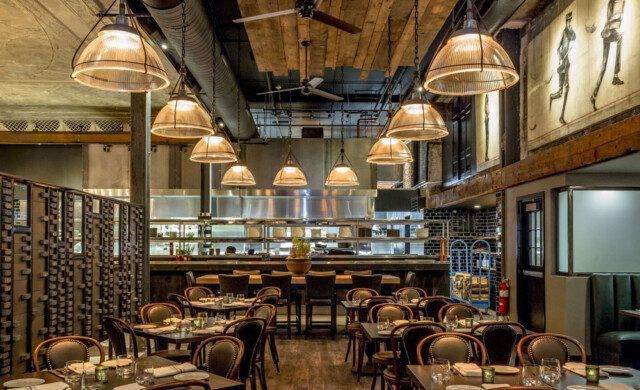
Succotash, Washington, D.C.
In the heart of the nation’s capital, Succotash brings a Southern flair to the city’s historic Equitable Bank Building, constructed in 1912. The publication Domino cites that the restaurant retains its original marble floors, towering columns, and coffered ceilings, creating an elegant backdrop for dishes like shrimp and grits or buttermilk fried chicken.
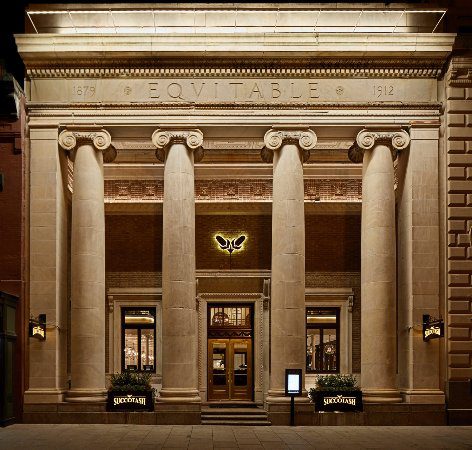
B.A.N.K., Minneapolis, Minn.
Housed in the former Farmers and Mechanics Bank building, constructed circa 1900, B.A.N.K. integrates its building’s historic charm with modern dining. The establishment, profiled at Saving Places, retains original architectural elements such as high ceilings and ornate detailing, creating an ambiance that reflects its banking heritage.
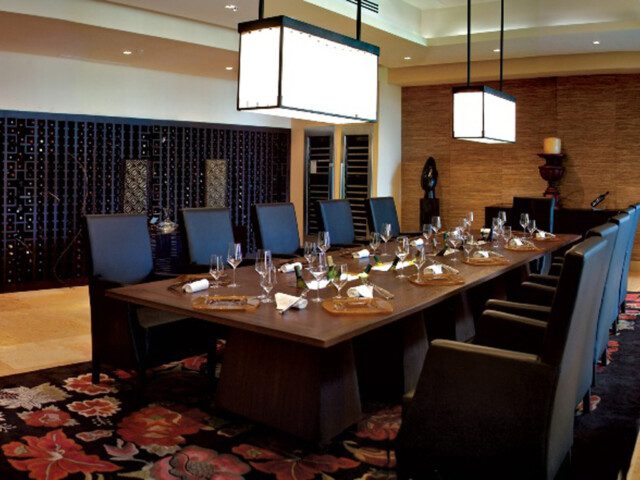
Ladora Bank Bistro, Ladora, Iowa
This contemporary American restaurant operates within the historic Ladora Savings Bank building, which opened in 1920 and closed in 1931 during the Great Depression. The Des Moines Register praised its Classical Revival architecture and massive Doric columns, while highlighting its 1990 National Register of Historic Places listing. The menu focuses on locally sourced ingredients and seasonal dishes.
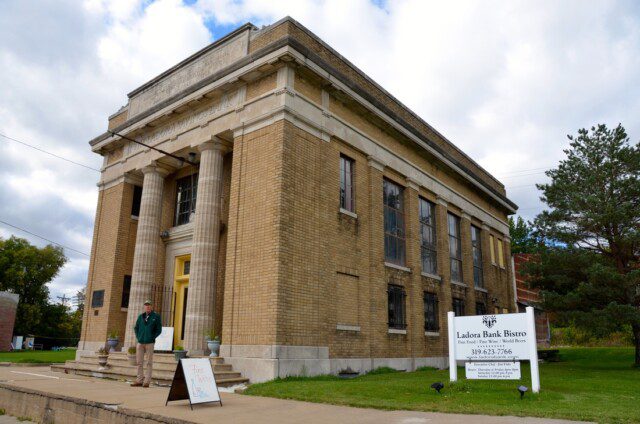
Tender Bar + Kitchen, Pittsburgh
Located in the 1883 Arsenal Bank Building, Tender Bar + Kitchen is a cocktail lounge that embraces its banking past. The establishment preserves historical elements such as the original vault and marble accents, creating a sophisticated atmosphere. The menu features a range of craft cocktails and modern American dishes, focusing on quality ingredients and innovative preparations. According to the National Trust for Historic Preservation (quoted by Saving Places), Tender Bar + Kitchen is an example of adaptive reuse, blending historical architecture with contemporary dining experiences.
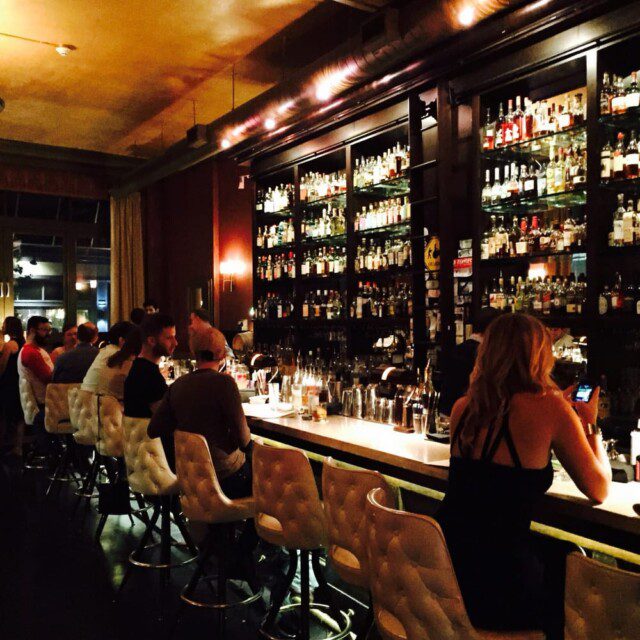
The Ordinary, Charleston, South Carolina
The celebrated seafood hall The Ordinary calls a 1920s bank building home. AFAR Magazine praises its neoclassical architecture and towering arched windows as a sophisticated setting for oyster platters and craft cocktails.
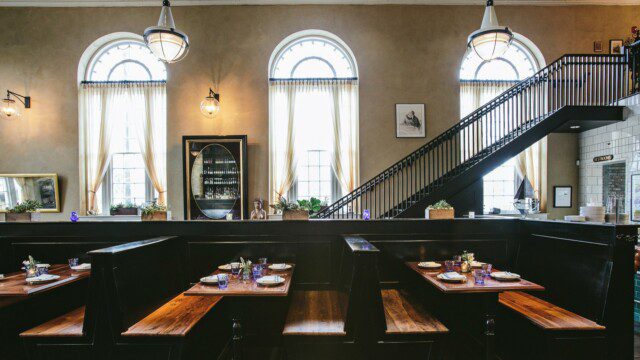
The Fed Community, Clarkson, Mich.
The Fed Community has become a cornerstone of the town’s downtown revival. Located in the early 20th-century Jossman State Bank building, this community-minded restaurant highlights both history and inclusivity. As featured in Second Wave Media, owners Sarah and James Schneider emphasized sustainability and heritage during the remodel, preserving the stone facade and incorporating old safety deposit boxes into the decor.
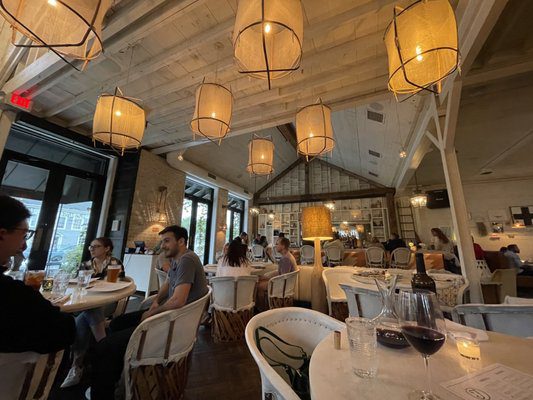
Foode, Fredericksburg, Virginia
Foode, which is nestled into a former Farmers Bank site, serves as a fine example of sustainable urban renewal without the elimination of a valuable architectural asset. Built in 1819 and converted into a restaurant decades later, the building maintains its original Federal-style design, with the bank vault now serving as a private dining room. The Virginia Department of Historic Resources notes the building as a particularly fine example of successful preservation-based commerce in architecture.
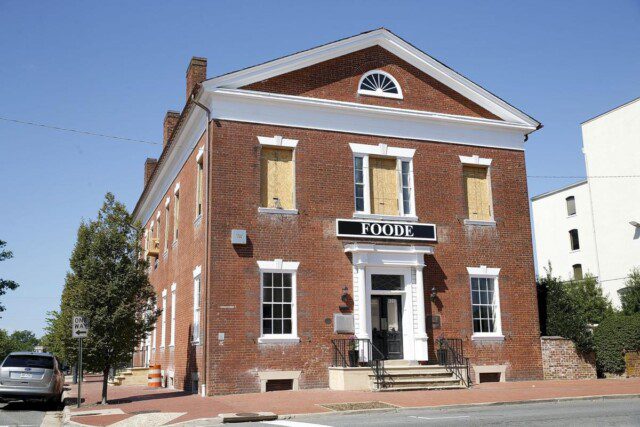
The Enduring Appeal of Repurposed Bank Restaurants
The transformation of historic banks into restaurants exemplifies how architectural integrity and modern business can coexist. From coastal seafood halls in South Carolina to retro-chic lounges in Chicago, these venues celebrate America’s financial services history while serving contemporary tastes.

